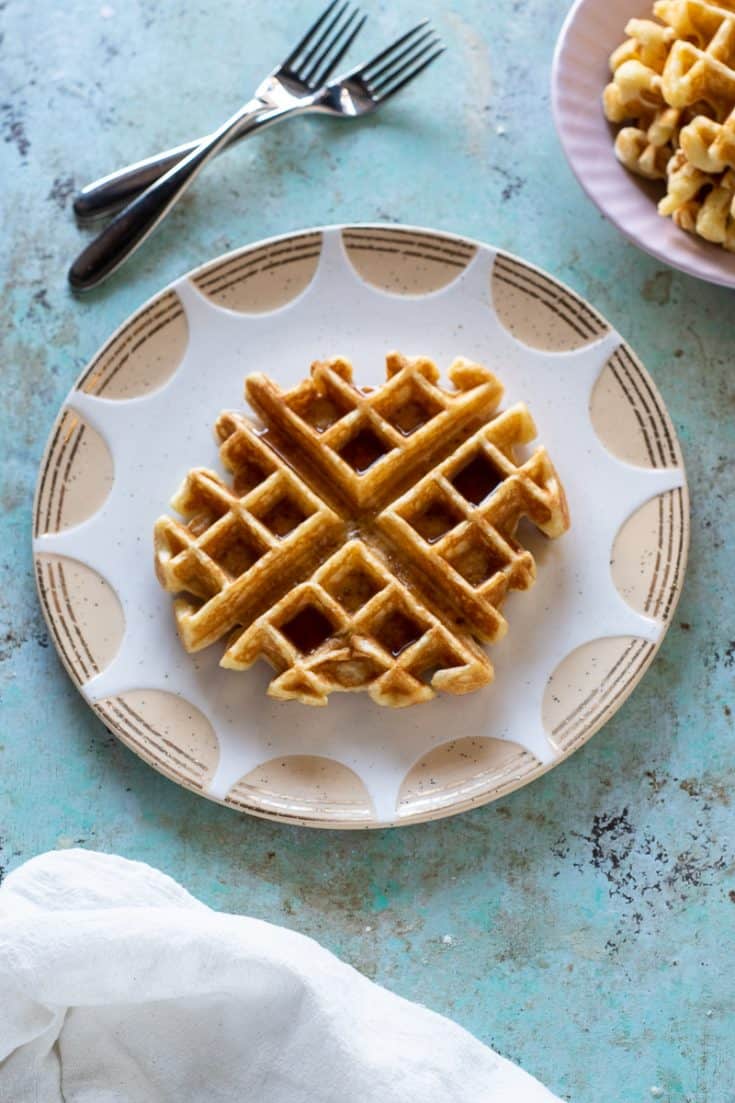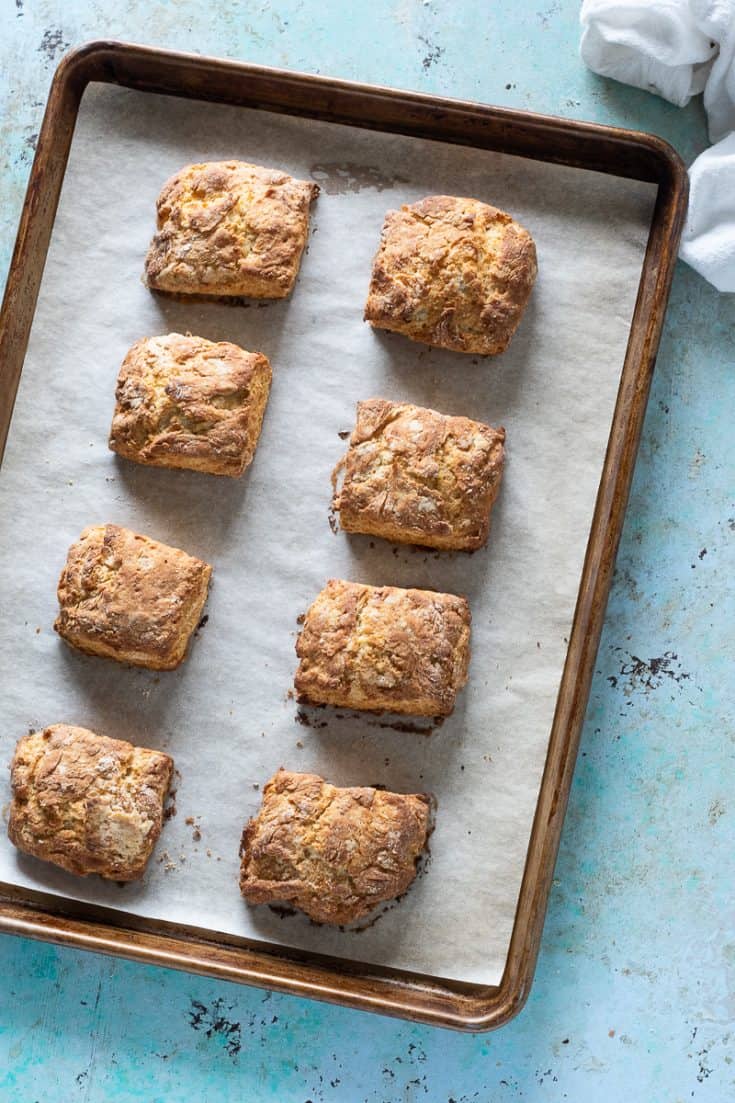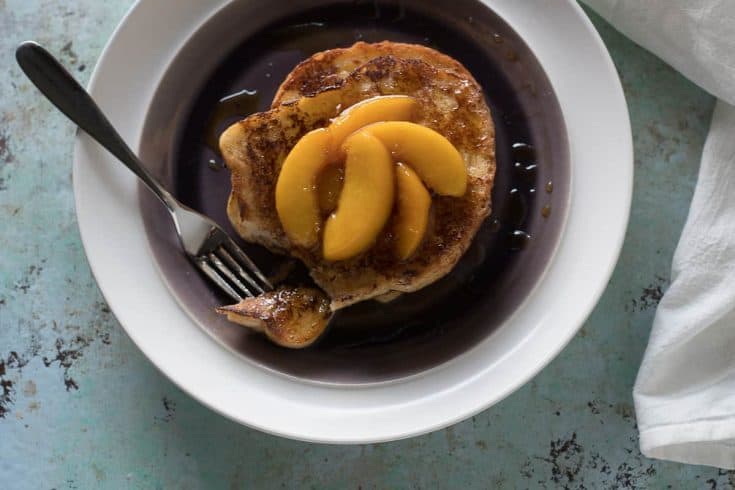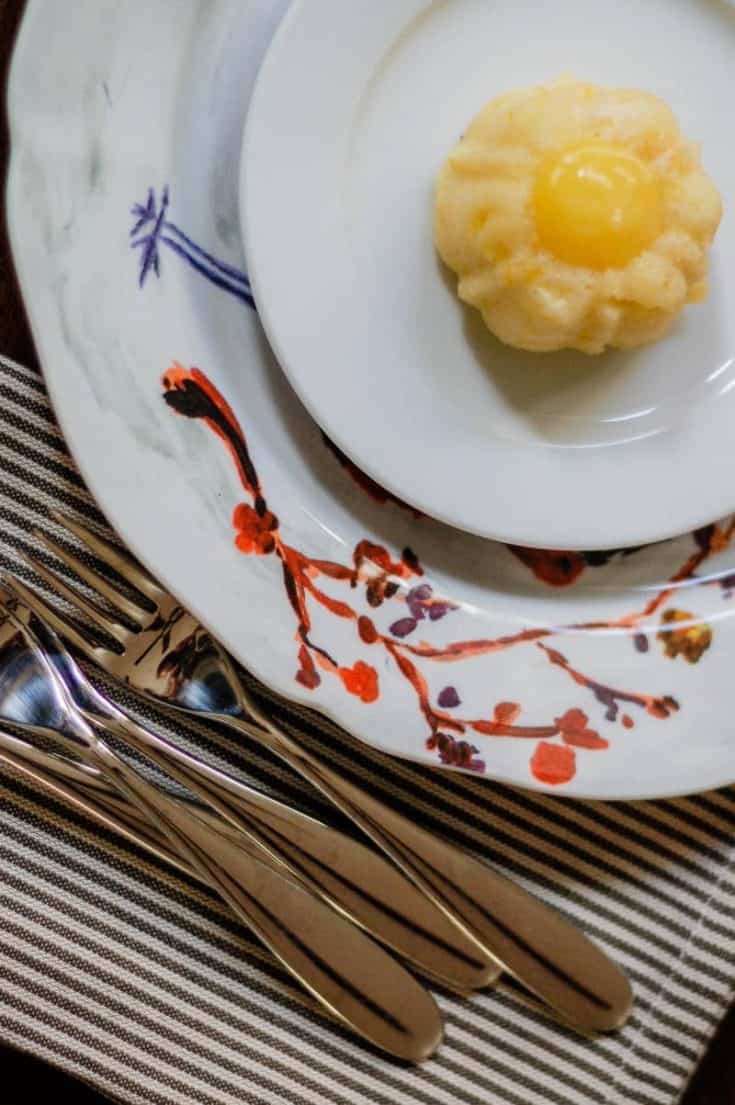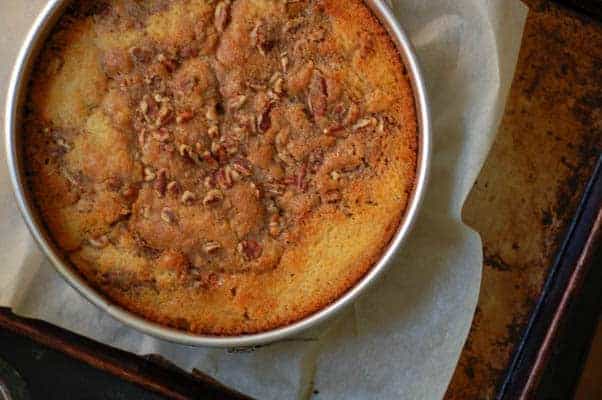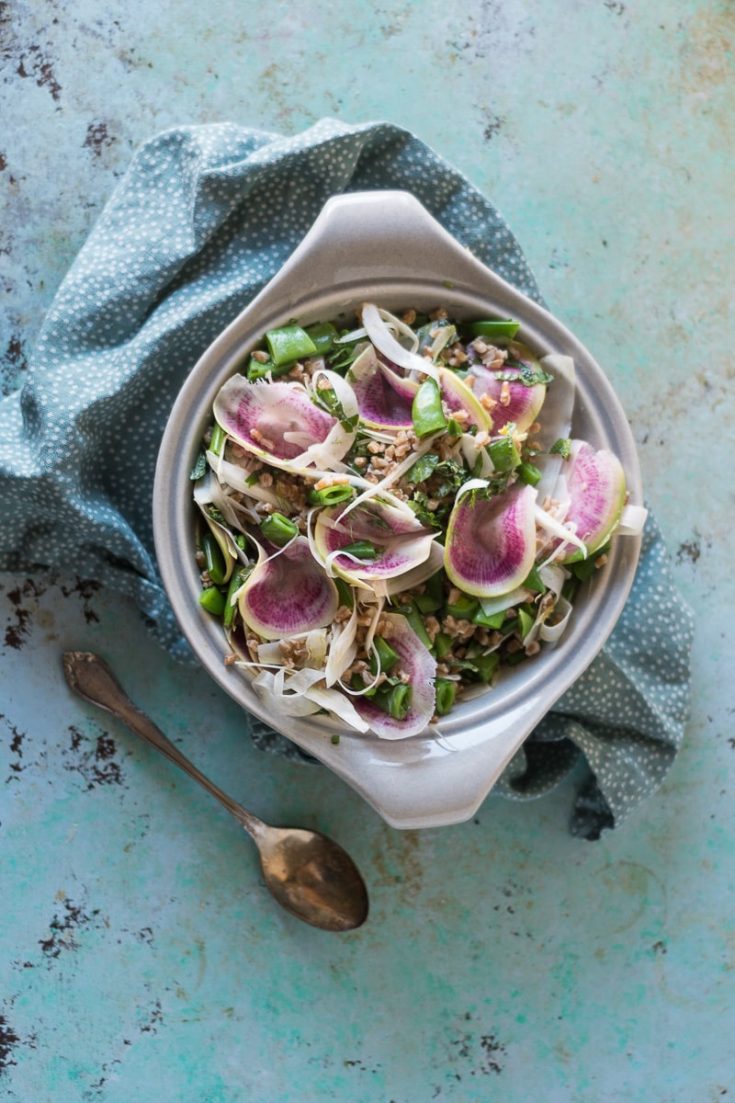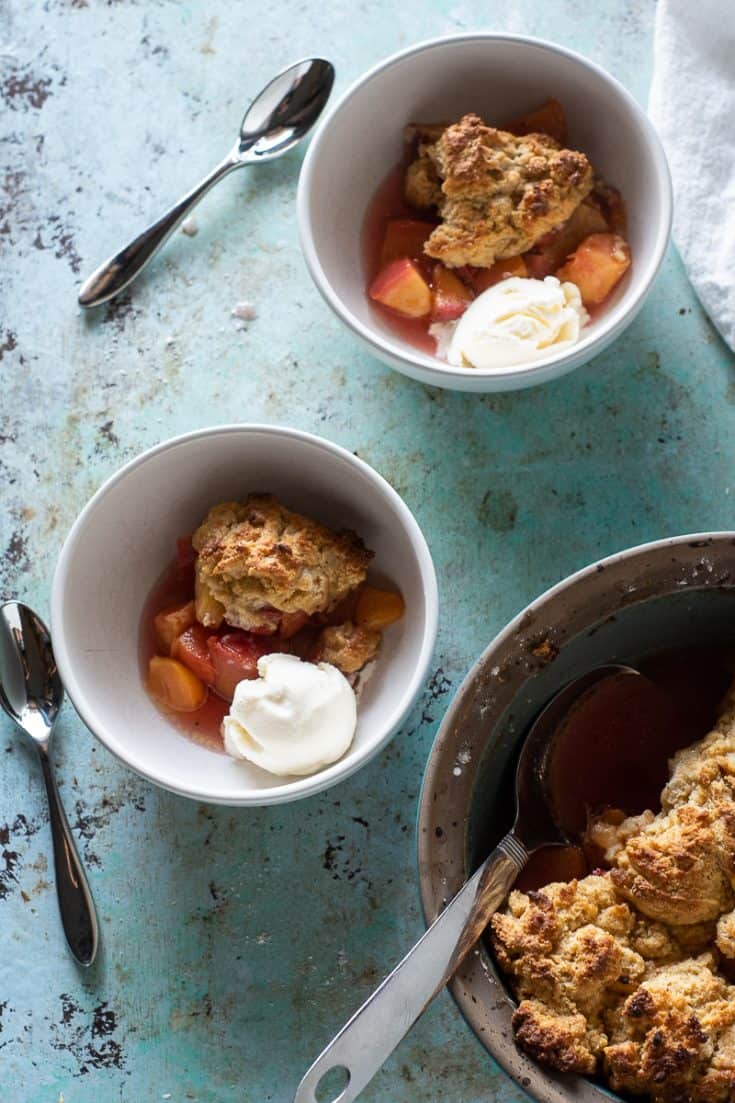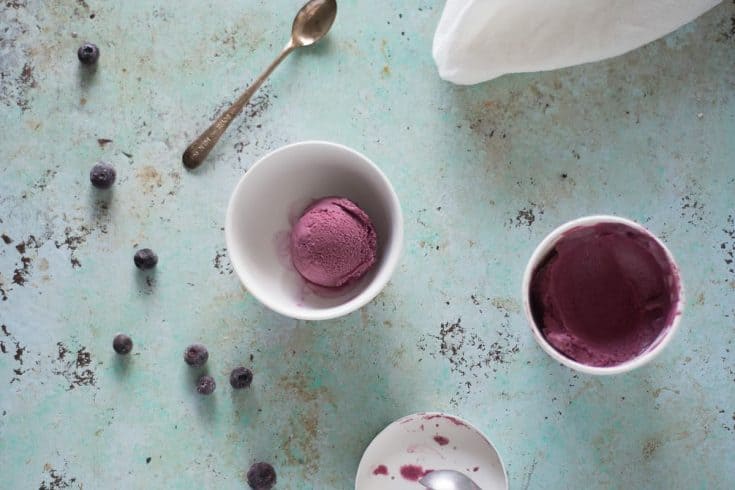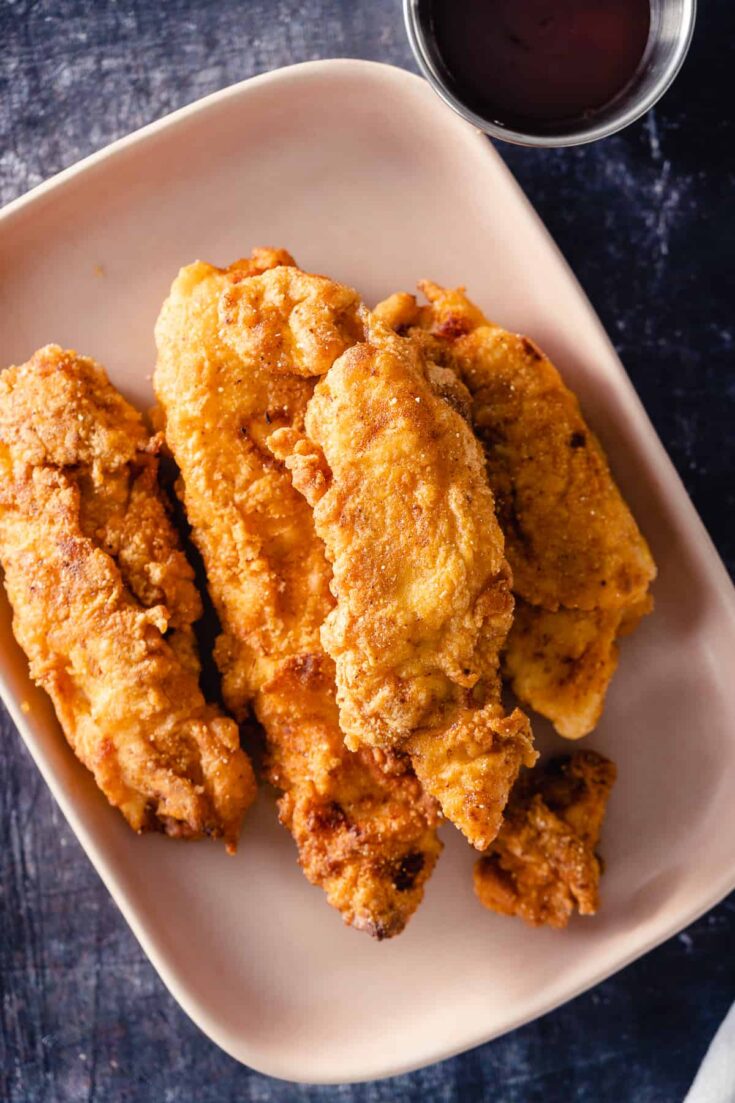I may earn from purchases through links in this post.
Got extra buttermilk in the fridge?
Here are some creative ways to use up whatever you’ve got on hand.
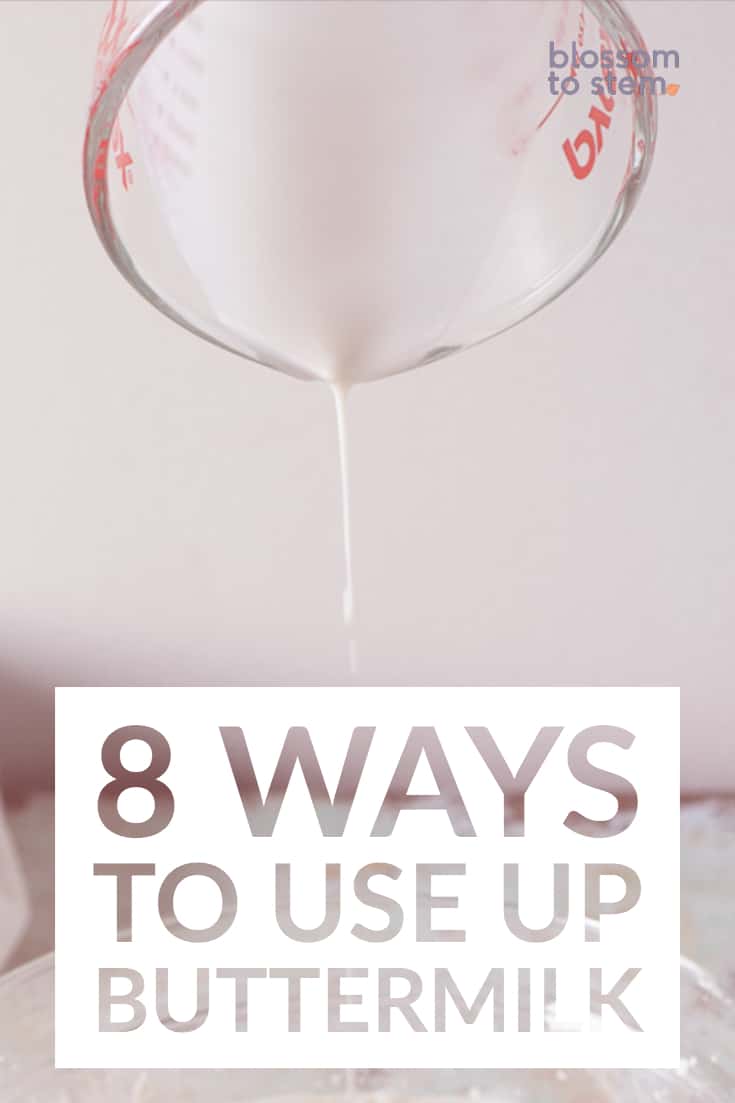
They go way beyond buttermilk pancakes. Though there are several breakfast options from buttermilk waffles to buttermilk French toast.
But there are also dessert options, biscuits, and an herby buttermilk farro bowl to make things interesting.
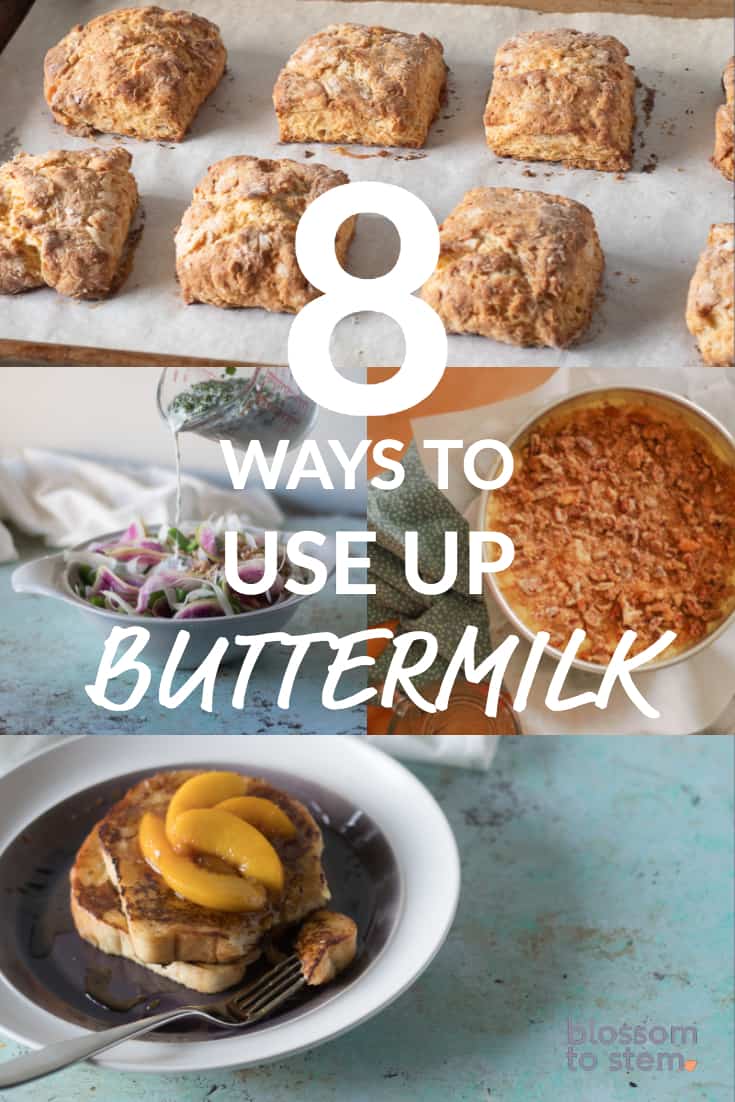
8 Ways to Use Up Buttermilk
When it comes to buttermilk, most of us are either frantically trying to figure out if we can substitute some combination of milk and lemon juice (or thinned out yogurt or like almond milk and vinegar) or we've gone out and bought it, made one thing with it, and let it linger in the refrigerator while we try to figure out how to use up the rest of it.
I'm here to help with the latter problem.
As for the former, well, my position is that if a recipe calls for buttermilk, you should really use buttermilk if you want the best results. If you can't get buttermilk where you are, kefir is the best substitute.
It's worth noting that buttermilk has a longer life in the refrigerator than most other dairy products, so don't worry if you have an opened container hanging around for several weeks.
This includes breakfasts, desserts, savory biscuits and a wonderfully tangy herby buttermilk dressing (that you can use with other salads beyond this farro bowl).
These buttermilk waffles are light and custardy on the inside and golden brown on the outside. These are best made with real cultured buttermilk rather than any of the common substitutes, but if you don't have buttermilk available kefir is the best alternative. These waffles are barely sweet (the sugar helps with the browning) and work well with a variety of toppings from classic maple syrup to fruit to savory toppings if chicken and waffles is your thing. The yield on these will vary depending on your waffle maker. The waffles pictured here were made in a Belgian-style waffle iron, but this batter also works well in a more standard thinner American-style waffle iron.
These buttermilk biscuits are light and flaky and buttery. I prefer to use an all-purpose flour with a mid-range protein content like Gold Medal for these biscuits. Avoid a higher protein all-purpose flour like King Arthur, which will result in biscuits that aren't quite as tender. (And southerners, I'm sorry to say I don't have easy access to White Lily, so I don't know how this particular recipe works with that, but if you try it, do report back!) Avoid buttermilk substitutes for these biscuits—it's essential for the flavor—but if you must use something else kefir is the next best option. This is also designed to work with American-style unsalted butter (higher fat European butters will cause these to spread more and not rise up so beautifully).
Buttermilk brings an unexpected tang to otherwise traditional French toast that plays beautifully with maple syrup. It's a great way to use up buttermilk you have lying around. The maple glazed peaches are totally optional, but they are nice. The same treatment works with just about any fruit. If you don't have peaches in season, head to the frozen aisle. Do use real maple syrup--the imitation stuff won't glaze the peaches in the same way.
These cakes are lemony and tender and moist. They can be made in a standard Bundt pan (in which case bake for an hour), in mini Bundt cake molds, or even a muffin pan. I used a 12-cavity pan, which makes mini cakes about the size of standard muffins. The curd topping is optional, but please don’t skip the glaze. It really completes these cakes. If you only have small lemons, you can use two of them in place of one large one in these recipes. If you don’t feel like making your own Meyer lemon ginger curd, you could use a high quality prepared lemon or passion fruit curd (such as those made in Oak Park by Rare Bird Preserves).
This buckle is a rustic fruit-laden cake. It would work with just about any combination of stone fruit or berries. The buttermilk helps to tenderized the crumb and adds a tangy note to balance the sweetness of the cake. You can skip browning the butter if you’re in a hurry, but if you do have the time, I suggest giving it a try. It adds some nice depth of flavor. Peaches should be peeled before going into this–the easiest way to peel very ripe peaches is to blanch them in boiling water for about a minute and then run them under cold water–the skins should just slip off. The skins of most other stone fruits are thin and tender enough that they don’t need peeling. I like to use turbinado (raw) sugar in the streusel topping, but any granulated sugar is fine.
This sugar snap pea and farro bowl is a great make-ahead meal. Blanching the sugar snap peas brings out their sweetness and gives them a tenderness without losing their lovely snap. I like shaving the fennel and radishes with a mandoline, but if you don't have one, just slice them as thinly as you can with a sharp chef's knife. I love the look of watermelon radishes here, but don't drive yourself crazy looking for them if they aren't at your local grocery store--just use whatever radishes you like. I like to grate the garlic on a microplane so it melts into the dressing, but again, if you don't have one, just mince it as finely as you can with a knife. This keeps well for a few days. I like it warm or at room temperature, but it's not bad straight out of the fridge either.
This peach cobbler is a great way to use up peaches that are a little overripe or imperfect. There's no need to peel the peaches, though if you're sensitive to peach skin you can blanch the peaches in boiling water briefly and then run them under cold water to slip off the skin. This cobbler has a fluffy buttermilk biscuit topping with a bit of cornmeal for a pleasing nubbly texture. I prefer a fine-to-medium grind of cornmeal here rather than a coarse grind here.
This is a fruity, creamy, sour frozen treat that's midway between the richness of ice cream and the austerity of sorbet. It has enough dairy to make it creamy, but not so much that it hides the flavor of the blueberries, so seek out the best blueberries you can find. If they're not in season, use frozen ones. Sumac is a Middle Eastern spice with a lovely lemony flavor. If you can't find it at your local grocery store or spice shop you can buy it online.
These chicken tenders are breaded in a simple flour and cornmeal mixture. Fine ground cornmeal works better here than a coarse grind, but any standard cornmeal is fine.
You can also omit the cornmeal and just use all-purpose flour instead. But the cornmeal adds nice texture and flavor.
The buttermilk marinade helps to keep the chicken moist. Just a half hour makes a big difference.
Adding a bit of buttermilk to the breading mixture before adding the chicken helps to enhance the crispy bits that form around the edges of tenders when they fry
These are shallow-fried to create the delightful crisp texture you can only get from frying while using less oil than is necessary for deep frying.

